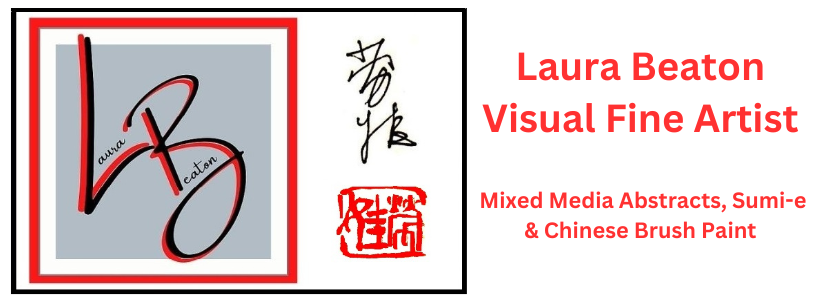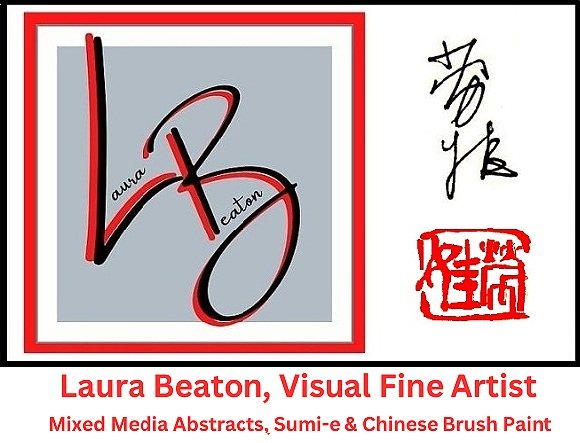What is Sumi-e?
Sumi-e originated in China as part of the meditative practice of Buddhist monks.
As Buddhism moved across the orient, sumi-e did as well with each country it touched adding it’s own cultural stamp. Sumi means ink, and ‘e’ mean ‘painting’.
As such it has transcended its origins and been embraced by various Asian countries for centuries. Today, it has gained international popularity, with each country contributing its unique interpretation to the art form.
The artist’s goal is to capture the chi (breath or spirit) of the subject matter. It has been said that to paint in this art form is to paint from the soul – to paint the essence of the subject – painting more about what the artist feels about their subject than the subject itself.
Each brush stroke is deliberate and permanent. Brush strokes can not be changed as they can in other artforms. If the artist attempts to change a brushstroke, the ghost of the previous one is still visible. So if there is an error made, the artist must begin again and again until they are satisfied.
Note that we do not say, until the work is perfect.
Even the original Buddhist monks would agree that we cannot be perfect or create perfection in our art as only God is perfect.
The brushstrokes used in sumi-e are the same as those used in Chinese Calligraphy or as the Japanese refer to this art form, Shodo or the way of writing.
The characters themselves originated in China. The pronunciation is different in China and Japan but the words themselves are, for the most part, the same.
There are many ways to write the character, from the most ancient style as they were originally carved in stone, to very flowing.
There are five major script types used today in China. In the general order of their appearance, there are: seal script, clerical script, cursive script, running script, and standard script; each script type having its own defining visual traits.
In Japan there are three main styles of writing. The block or ‘square’ (kaisho) style is the most basic form and the easiest to write; the semi cursive or ‘moving’ (gyosho) style; and the cursive or ‘grass’ (sosho) style, considered the most difficult to master.
In both calligraphy and painting there are similar esthetics to consider – balance and harmony, the amount of white space, different ‘textures’ in the brushstrokes, done by using light and dark ink, moving faster or slower, using papers of differing absorbancy.
In brush painting, generally speaking, Chinese paintings employ more use of colour and tend to fill the page more than in Japanese paintings; however, in both, the artist is conveying how they feel about their subject rather than simply how it looks.
The white space or ‘void’ or yohaku, in Japanese, is used as part of the composition in the piece as is the name stamp – chop in Chinese and hanko in Japanese. The stamp is the last thing added to a brush painting or calligraphy piece symbolizing the artist’s satisfaction with their work.
The artist is usually awarded their first stamp after achieving a particular level of expertise as decided by their teacher.
It is a great honour to receive your stamp which may be your artist name as assigned by your teacher or decided upon between the artist and their instructor; or the artist’s name phonetically written in Chinese/Japanese characters.
Carving your own stamps is yet another art form. In Japan it is known as ‘tenkoku’.
The symbols carved are the most ancient of Chinese characters.
Simply put, the principles in Chinese Brush Painting/sumi-e and Calligraphy/shodo are: ink and space creating balance and harmony pleasing to the eye, heart, mind and soul.

